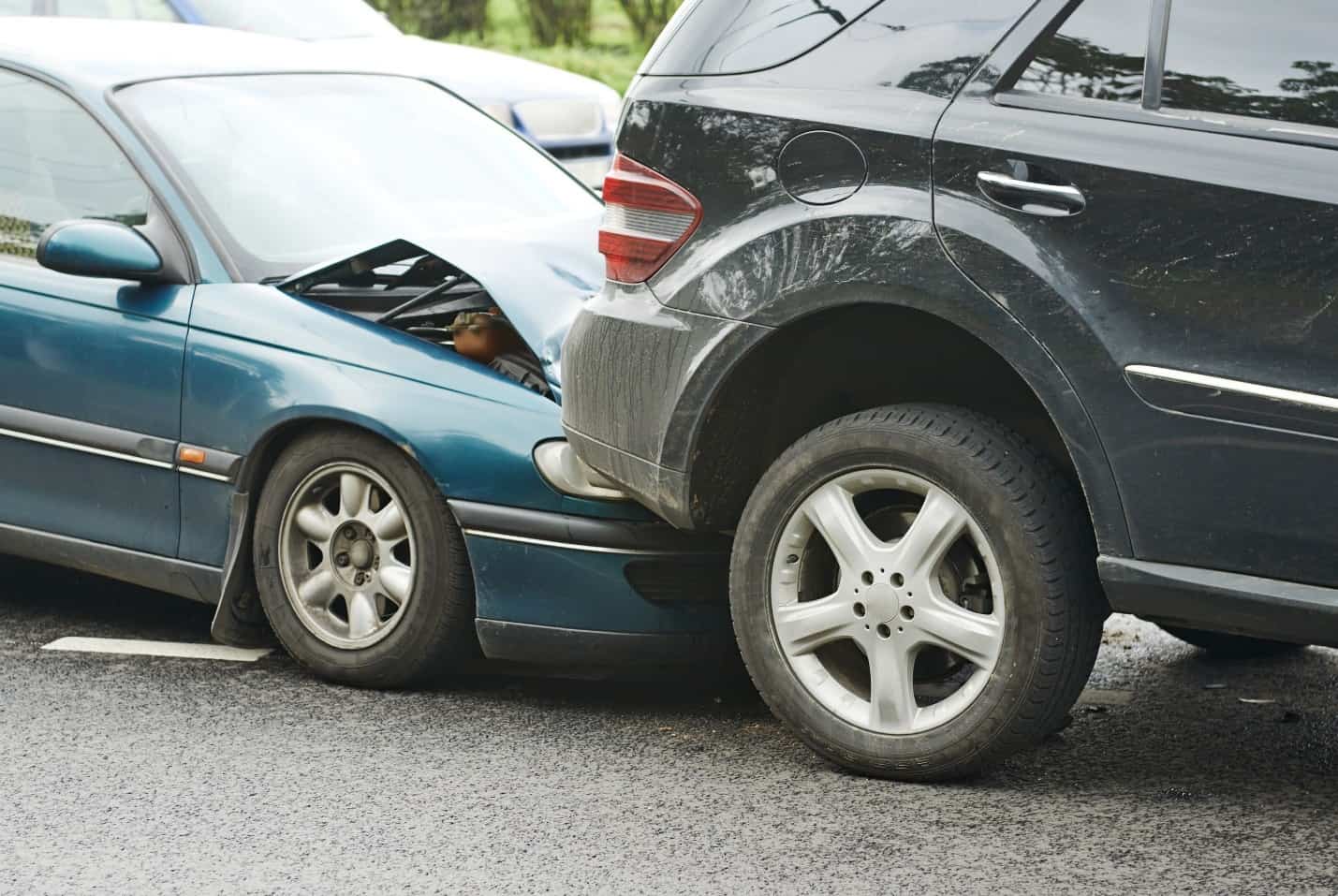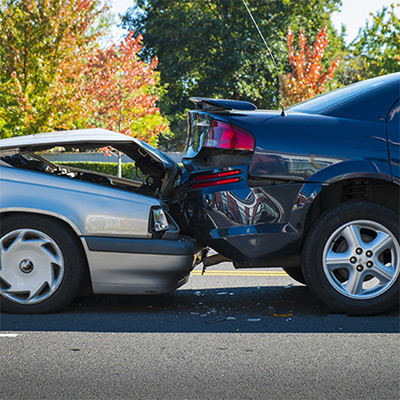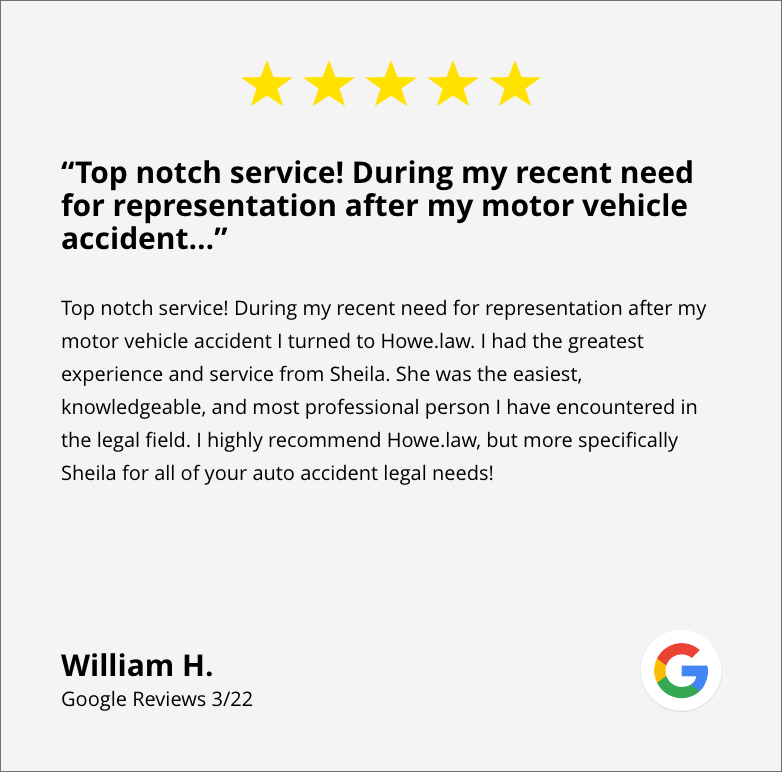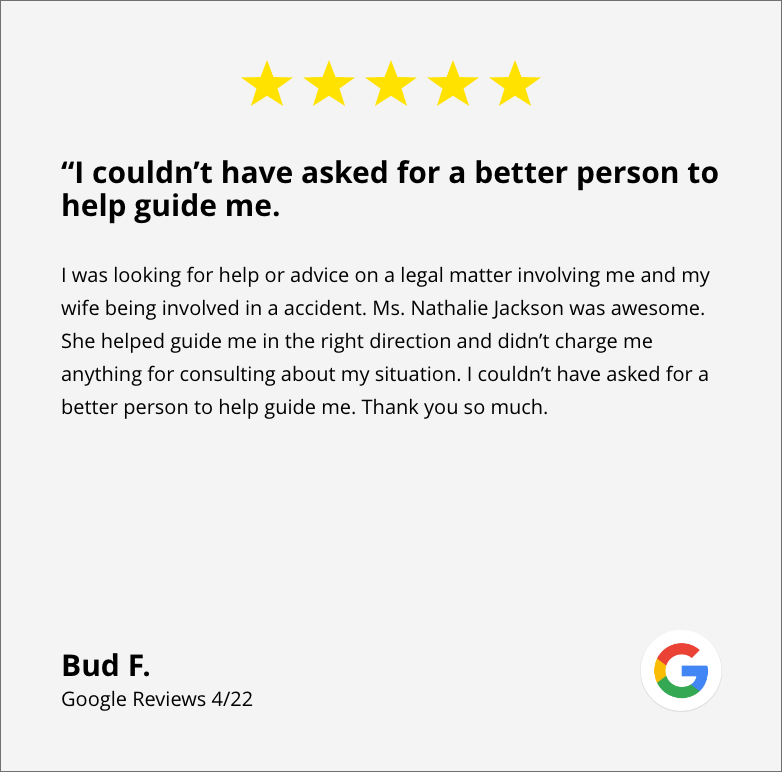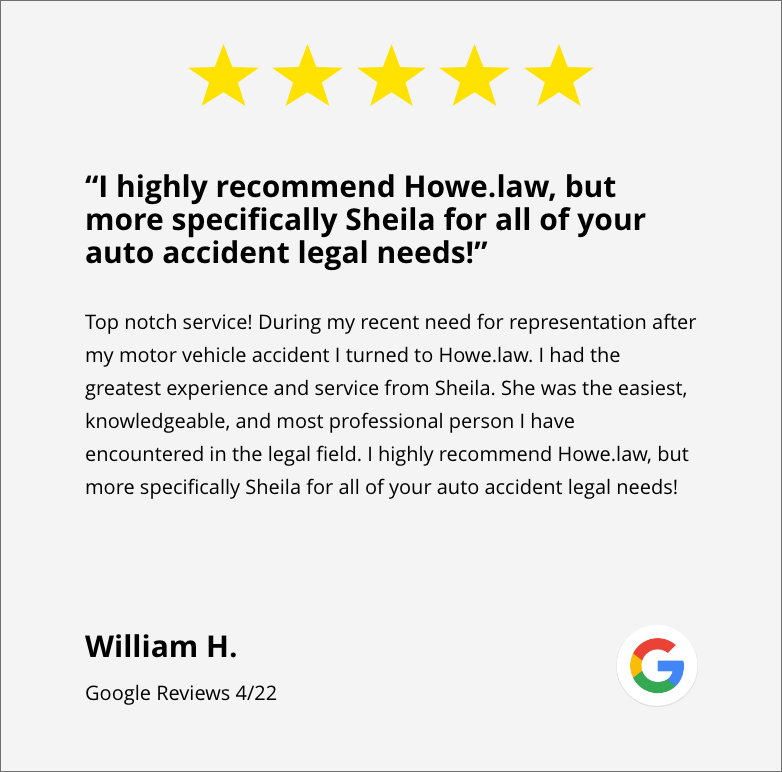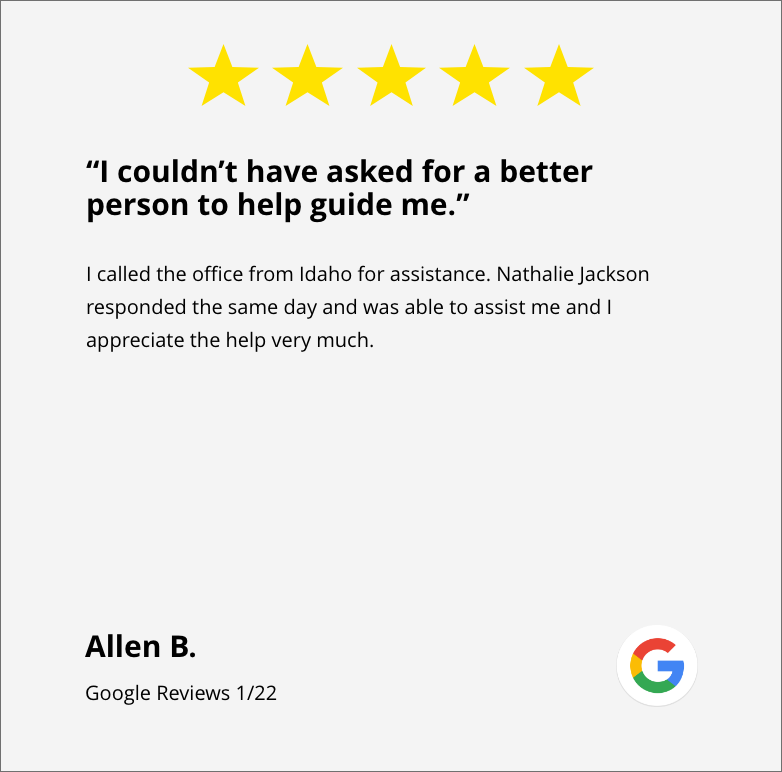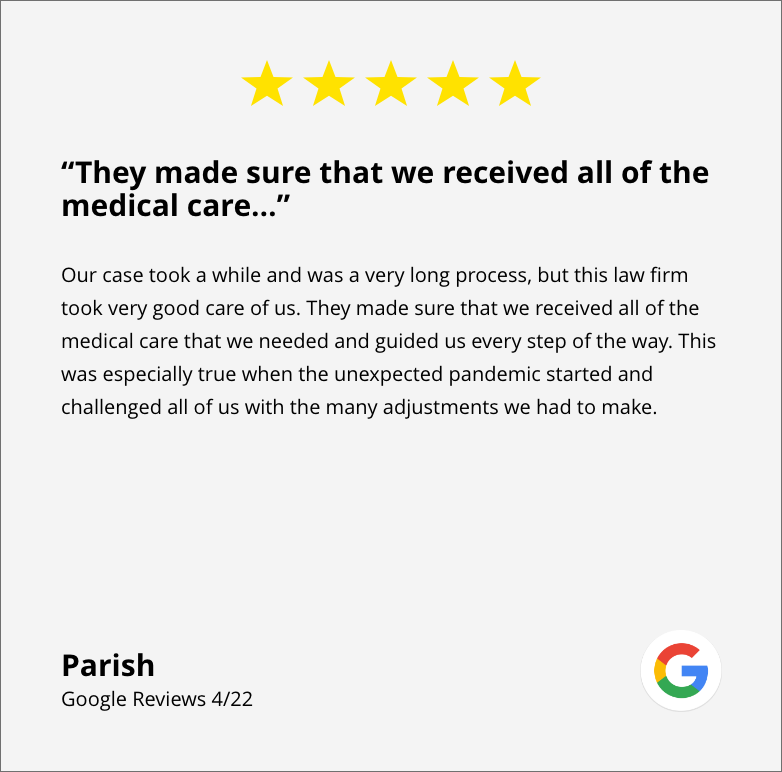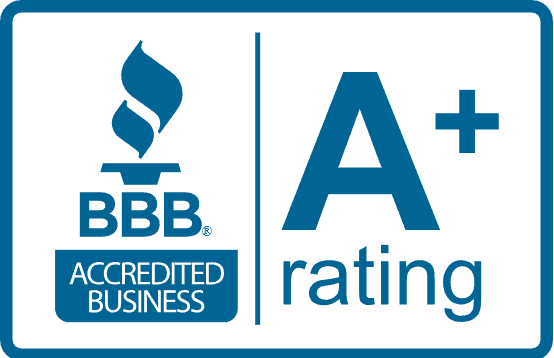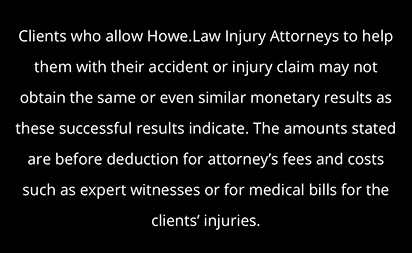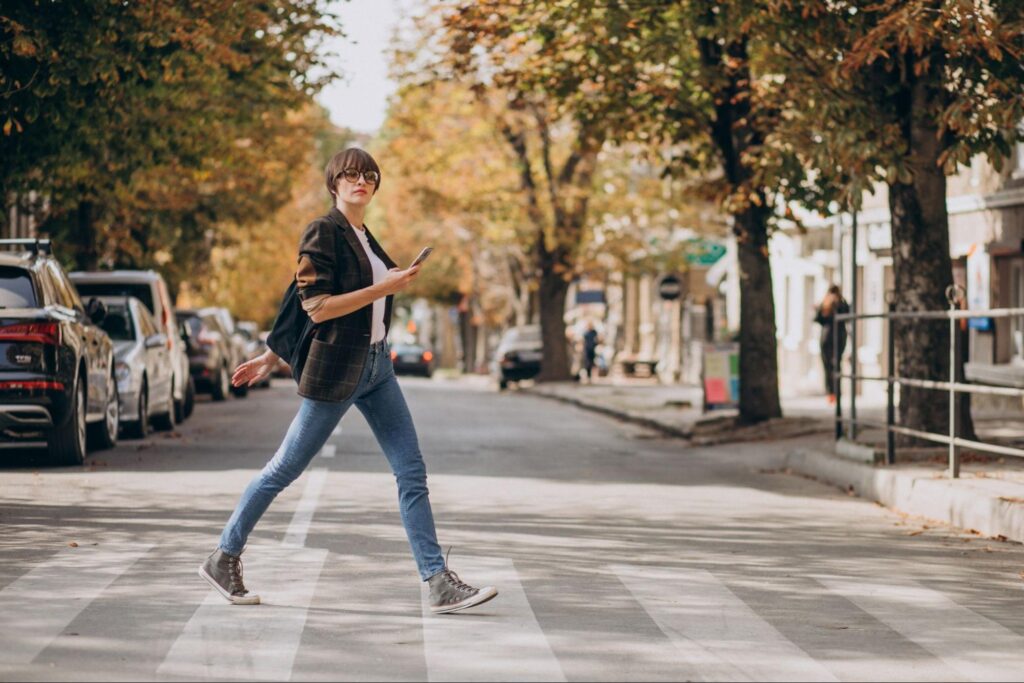
Jaywalking is a term frequently thrown around in discussions about pedestrian behavior, but its implications can vary significantly depending on the location. In the state of Georgia, understanding the legality of jaywalking is crucial for both pedestrians and drivers.
This article delves into the topic, answering the question, “Is jaywalking illegal in Georgia?” It explores its definition, the relevant traffic laws in the state, the consequences of jaywalking, and how these laws compare to those in other states.
Understanding Jaywalking
Jaywalking generally refers to the act of crossing a street unlawfully or without regard for traffic rules. This behavior often involves pedestrians crossing outside of designated crosswalks or ignoring traffic signals.
If you’re curious about legal matters or need advice, you can always visit Howe Law.
Definition of Jaywalking
The definition of jaywalking can often be nuanced. Legally, it refers to crossing a street at a place other than a marked crosswalk or failing to obey pedestrian signals. In essence, it is an infraction involving a violation of traffic laws intended to protect pedestrians and drivers.
In some jurisdictions, the definition can extend to crossing streets when it’s unsafe to do so, even if in a designated area. This highlights the importance of understanding local traffic laws pertaining to pedestrian crossings.
For instance, in busy urban areas, the presence of heavy traffic or complex intersections can make even marked crosswalks dangerous if pedestrians do not exercise caution.
Moreover, some cities have implemented additional regulations that dictate specific behaviors for pedestrians, such as waiting for a green pedestrian signal before crossing, which can further complicate the understanding of what constitutes jaywalking.
Common Misconceptions about Jaywalking
Many people hold misconceptions about jaywalking, believing it to be a minor infraction that is seldom enforced. However, this behavior can lead to legitimate legal repercussions in Georgia and many other states.
In fact, some jurisdictions have increased their efforts to enforce pedestrian laws, recognizing that jaywalking can contribute to accidents and injuries. This has led to campaigns to educate the public about safe crossing practices and the potential consequences of ignoring traffic signals.
Another common misconception is that jaywalking is acceptable if no cars are approaching. While it might feel safe in a moment, laws often require pedestrians to follow rules regardless of the current traffic situation. Failing to do so creates a risk not only for the jaywalker but also for motorists.
This behavior can lead to sudden stops or swerves from drivers who may not expect pedestrians to appear unexpectedly on the roadway.
Additionally, the unpredictability of pedestrian movements can contribute to a chaotic traffic environment, making it essential for all road users to adhere to established traffic laws for the safety of everyone involved.
Georgia’s Traffic Laws
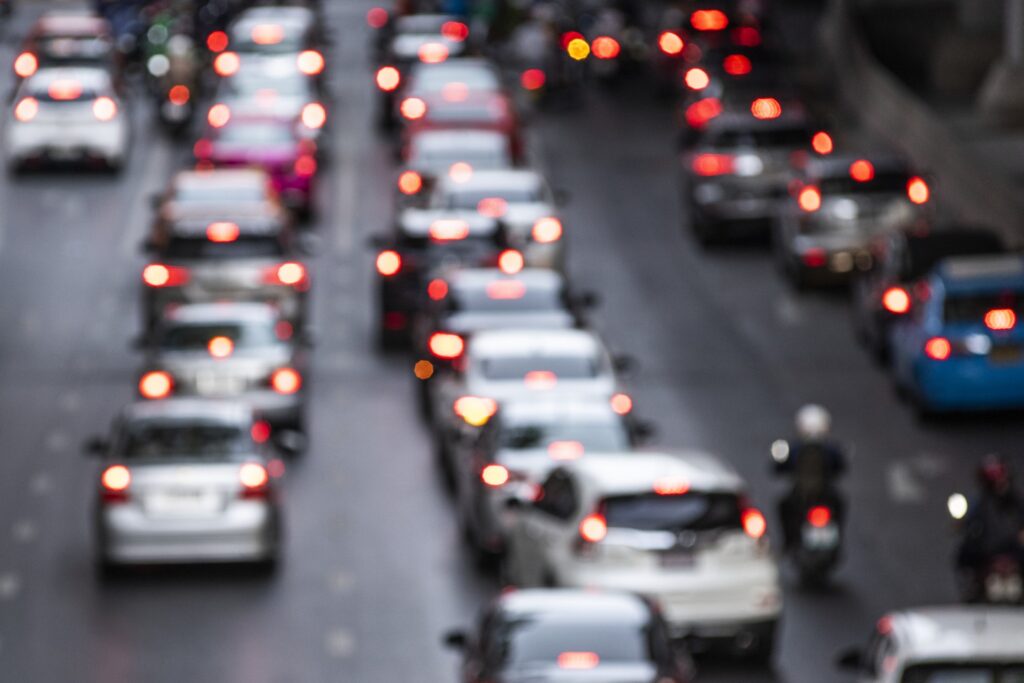
Georgia has laid down specific pedestrian behavior laws designed to maximize road safety. Understanding these laws is essential for anyone traversing Georgia’s streets.
Overview of Georgia’s Pedestrian Laws
According to Georgia law, pedestrians are required to use crosswalks whenever they are available. Individuals must yield to vehicles while crossing the street if no crosswalk is present. The law also entitles pedestrians to walk on sidewalks, which adds a layer of safety when navigating busy roads.
Sidewalks are not just a convenience; they are a critical component of urban infrastructure that promotes pedestrian safety and encourages walking as a viable mode of transportation.
In many cities across Georgia, local governments have invested in expanding and maintaining these pathways to ensure they are accessible and well-lit, further improving pedestrian safety.
In addition, Georgia law requires pedestrians to follow traffic signals. Ignoring these signals increases the likelihood of accidents and could result in a jaywalking citation. Traffic signals are strategically placed to manage vehicular and pedestrian traffic flow, and understanding their significance is crucial for everyone on the road.
For instance, pedestrian countdown signals are becoming increasingly common. They provide clear indications of how long individuals have to cross safely, which is especially beneficial in high-traffic areas.
Specific Laws Regarding Jaywalking
In Georgia, jaywalking is typically classified as a misdemeanor. Police have the authority to issue citations to pedestrians who disregard crossing regulations. A person may be fined for crossing streets outside of marked areas or ignoring traffic signals.
This enforcement is not merely punitive; it reminds drivers and pedestrians of their shared responsibility to maintain safety on the roads. Educational campaigns often accompany these laws, aiming to raise awareness about the dangers of jaywalking and the importance of adhering to pedestrian regulations.
- Crossing at a location not designated for pedestrians.
- Ignoring pedestrian signals at traffic lights.
- Failing to use crosswalks when available.
These laws serve as regulations and guidelines to minimize accidents and protect public safety. Moreover, they reflect a broader commitment to creating a culture of safety and respect among all road users.
In many communities, local organizations and advocacy groups work tirelessly to promote pedestrian safety initiatives, such as community walks and educational workshops, which further emphasize the importance of following these laws and being vigilant while navigating the streets.
Consequences of Jaywalking in Georgia
While some may view jaywalking as trivial, the consequences can be significant. Understanding these penalties is vital for making safe decisions while walking in urban environments.
Legal Penalties
A jaywalking citation can lead to fines and potentially other legal repercussions. Offenders usually face an administrative fine that may vary by jurisdiction. Repeated offenses can result in increased fines and put the individual at risk of a criminal record.
Accumulating violations can lead to more serious charges in addition to immediate fines. The legal implications can become even more severe if jaywalking contributes to an accident. Insurance claims and liability issues may arise, complicating the situation further.
Moreover, individuals may face civil lawsuits from affected parties, resulting in significant financial burdens. The legal landscape surrounding pedestrian rights and responsibilities is complex, and understanding these nuances is essential for anyone navigating Georgia’s streets.
Safety Risks
Jaywalking poses substantial safety risks, both for the individual and for drivers. When pedestrians insist on crossing at non-designated areas, they may inadvertently put themselves in harm’s way.
Statistics indicate that a significant percentage of pedestrian accidents involve jaywalkers. These incidents are often attributed to a lack of awareness and disregard for surrounding traffic conditions.
Such accidents have the potential for severe injuries and emotional trauma for both the pedestrian and the driver involved. Furthermore, the psychological impact of a pedestrian accident can linger long after the physical injuries have healed.
Drivers may experience guilt, anxiety, or even post-traumatic stress, which can affect their ability to drive safely in the future.
As urban areas continue to grow and traffic increases, pedestrian safety and adherence to traffic laws become ever more critical. Community awareness campaigns and educational programs are essential in fostering a culture of safety and respect on the roads.
Comparing Jaywalking Laws in Different States
Understanding how Georgia’s jaywalking laws compare to those in other states can provide valuable insights for residents and visitors alike. Often seen as a minor infraction, Jaywalking can have serious implications for pedestrian safety and urban planning.
As cities evolve and populations grow, clear and consistent pedestrian regulations become increasingly important.
Jaywalking Laws in Neighboring States
Many neighboring states have similar regulations regarding jaywalking, yet nuances exist depending on local traffic conditions and enforcement practices.
For instance, South Carolina has strict penalties for jaywalking, while Alabama may have a more lenient enforcement policy. In South Carolina, the law mandates that pedestrians must use designated crosswalks, and failure to do so can result in fines that serve as a deterrent to unsafe crossing habits.
States such as Florida have specific statutes addressing pedestrian behavior, emphasizing the importance of crosswalks. Consistent traffic safety laws across states highlight the universal concern for pedestrian safety, yet slight variations can lead to confusion among travelers.
In urban areas like Miami, the high volume of tourists and residents alike necessitates stringent enforcement of these laws to guarantee that pedestrians are protected from the fast-moving traffic that characterizes the region.
Additionally, local campaigns to educate the public about safe crossing practices further enhance compliance and awareness.
Strictest and Most Lenient States for Jaywalking
When evaluating the enforcement of jaywalking laws, states like New York and California exhibit stricter regulations than many of their counterparts. In these states, fines for jaywalking can be significantly higher, and enforcement tends to be more rigorous.
New York City, for example, has implemented various initiatives to reduce pedestrian fatalities, including increased police presence in areas known for high pedestrian traffic. This proactive approach aims to penalize jaywalkers and educate them on the importance of adhering to traffic signals and crosswalks.
Conversely, states like Nebraska and Wyoming have more lenient jaywalking laws and a less aggressive enforcement approach. This disparity reflects broader differences in urban versus rural settings and their approaches to pedestrian laws.
In rural areas, where traffic is less congested, the focus may shift towards encouraging safe practices rather than imposing strict penalties.
Community outreach programs in these states often emphasize shared responsibility between drivers and pedestrians, fostering a culture of safety that prioritizes awareness and mutual respect on the roadways.
How to Avoid Jaywalking
Being informed is the first step toward preventing jaywalking. Adopting safer crossing practices is essential for both pedestrians and drivers.
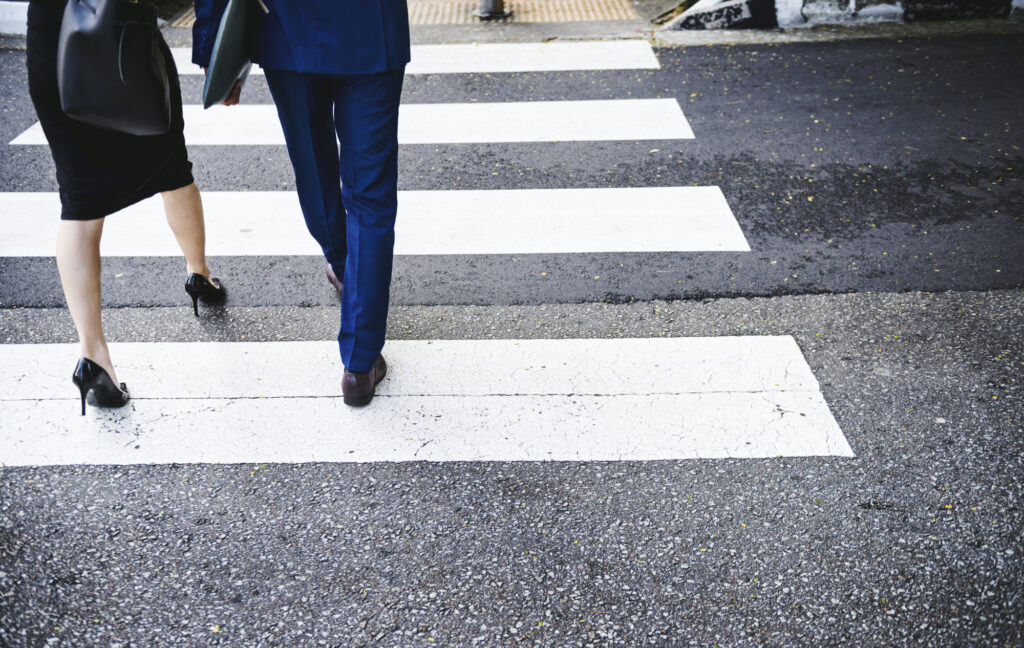
Safe Crossing Practices
To remain safe and compliant with local laws, consider the following practices:
- Always use designated crosswalks when available.
- Obey pedestrian signals at all intersections.
- Stay alert and aware of your surroundings, checking for oncoming traffic.
These practices contribute to personal safety and help establish safer road environments for others. It’s important to remember that even when using crosswalks, pedestrians should still look both ways before stepping onto the road.
Drivers may not always see pedestrians, especially in busy areas or during inclement weather, so taking that extra moment to ensure it’s safe to cross can make all the difference.
Moreover, being visible is another crucial aspect of pedestrian safety. Wearing bright or reflective clothing, especially at night or in low-light conditions, can significantly increase a pedestrian’s visibility to drivers.
Carrying a flashlight or using a phone’s light can also help illuminate the path and alert drivers to your presence, further reducing the likelihood of accidents.
Understanding Traffic Signals and Signs
Understanding traffic signals and signs is a fundamental aspect of pedestrian safety. Familiarizing oneself with the meaning of various signals can greatly impact a pedestrian’s awareness and compliance with traffic laws.
For instance, observing the “walk” versus “don’t walk” signals at crosswalks can help reduce instances of jaywalking. Additionally, comprehending signs indicating pedestrian paths and alerts will direct individuals toward safer routes. It’s also beneficial to be aware of the timing of traffic lights; knowing how long you have to cross can help you gauge whether it’s safe to proceed or if you should wait for the next cycle.
Furthermore, understanding the area’s layout can help plan safer routes. Some neighborhoods may have more pedestrian-friendly infrastructure, such as wider sidewalks, pedestrian bridges, and traffic-calming measures like speed bumps, which can enhance safety.
Utilizing maps or apps highlighting pedestrian-friendly routes can provide valuable insights for those navigating unfamiliar areas.
Ultimately, being informed and adhering to the laws can help minimize risks associated with pedestrian travel. From understanding regulations to practicing safe crossing methods, responsible behavior contributes to a safer road experience for everyone.
By educating oneself about local traffic laws and pedestrian rights, individuals can empower themselves and others to make safer choices while on the road.
Conclusion
In conclusion, jaywalking is illegal in Georgia, and specific laws and penalties are in place to promote pedestrian safety. Understanding these regulations and the associated risks and consequences is crucial for both pedestrians and drivers.
Adhering to safe walking practices and being aware of one’s surroundings can help individuals navigate the streets of Georgia confidently and legally.
If you’ve been involved in a jaywalking incident or need legal guidance related to pedestrian laws, call Howe Law today at 888-559-7033 for a free consultation. We’re here for you 24/7.
Related Articles

